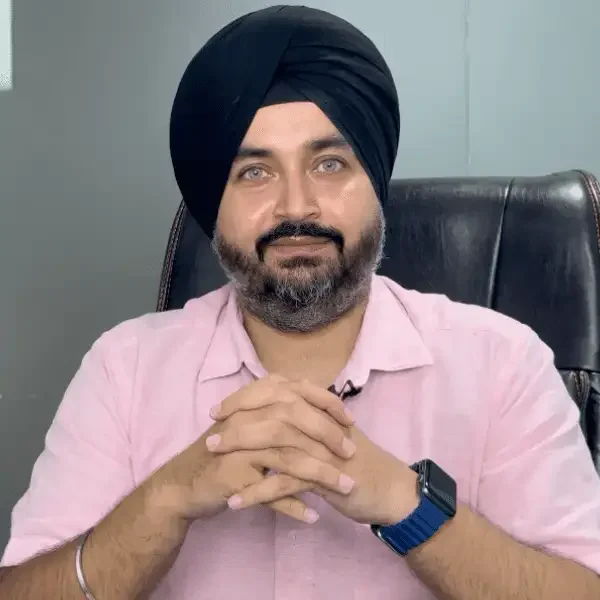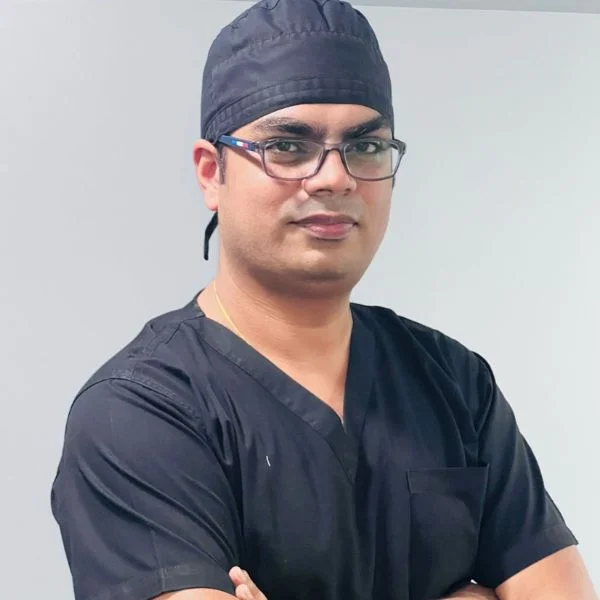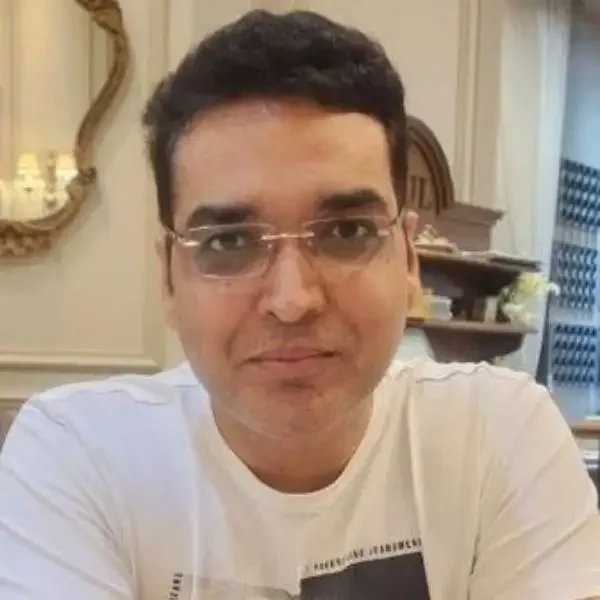- +91 8800328776
- info@theneuromind.com
- J-203, Basement, Block J, Saket, New Delhi, Delhi 110017, India
TMS, or transcranial magnetic stimulation, is a non-invasive procedure that uses magnetic fields to stimulate nerve cells in the brain. TMS has been shown to be effective in treating a variety of conditions, including stroke.
The stroke treatment process by TMS typically involves the following steps:
TMS is a safe and effective treatment for stroke. It has been shown to improve motor function and cognitive function in stroke patients. TMS is typically used as an adjunct therapy to traditional rehabilitation.
The specific benefits of TMS for stroke treatment vary from person to person. However, some of the potential benefits include:
If you are interested in learning more about TMS for stroke treatment, please talk to NeuroMind TMS Today.







Senior Psychiatrist - 12+ Years Experience

Neuro Surgeon - 10+ Years Experience

Senior Psychiatrist - 10+ Years Experience

MBBS MD ( Sr. Anaesthesiologist) - 10+ Years Experience
A stroke occurs when blood flow to a part of the brain is blocked (ischemic stroke) or when a blood vessel bursts and causes bleeding in the brain (hemorrhagic stroke). Without oxygen, brain cells begin to die within minutes.
The most common signs can be remembered with F.A.S.T.: F – Face drooping A – Arm weakness S – Speech difficulty T – Time to call emergency services immediately Other symptoms may include severe headache, loss of balance, blurred vision, confusion, or difficulty walking.
Treatment depends on the type of stroke: Ischemic stroke (blocked vessel): Clot-busting medication (tPA) if given within a critical window (usually 3–4.5 hours from onset) Mechanical thrombectomy (physically removing the clot in eligible cases) Hemorrhagic stroke (bleeding): Blood pressure control Medications to reduce bleeding/swelling Surgery in some cases to repair the vessel or relieve pressure
NeuroMind TMS is a center that specializes in providing services for depression, anxiety, OCD and mental health treatment. The founder of the center is Dr. Nazim Ali Idrisi. The aim of NeuroMind TMS is to offer effective and accessible mental healthcare to individuals, regardless of their location.
J-203, Basement, Block J, Saket, New Delhi, Delhi 110017, India
F604 Al Taawun, Sharjah (UAE)
© 2018-2024, NeuroMindTMS. All Rights Reserved.